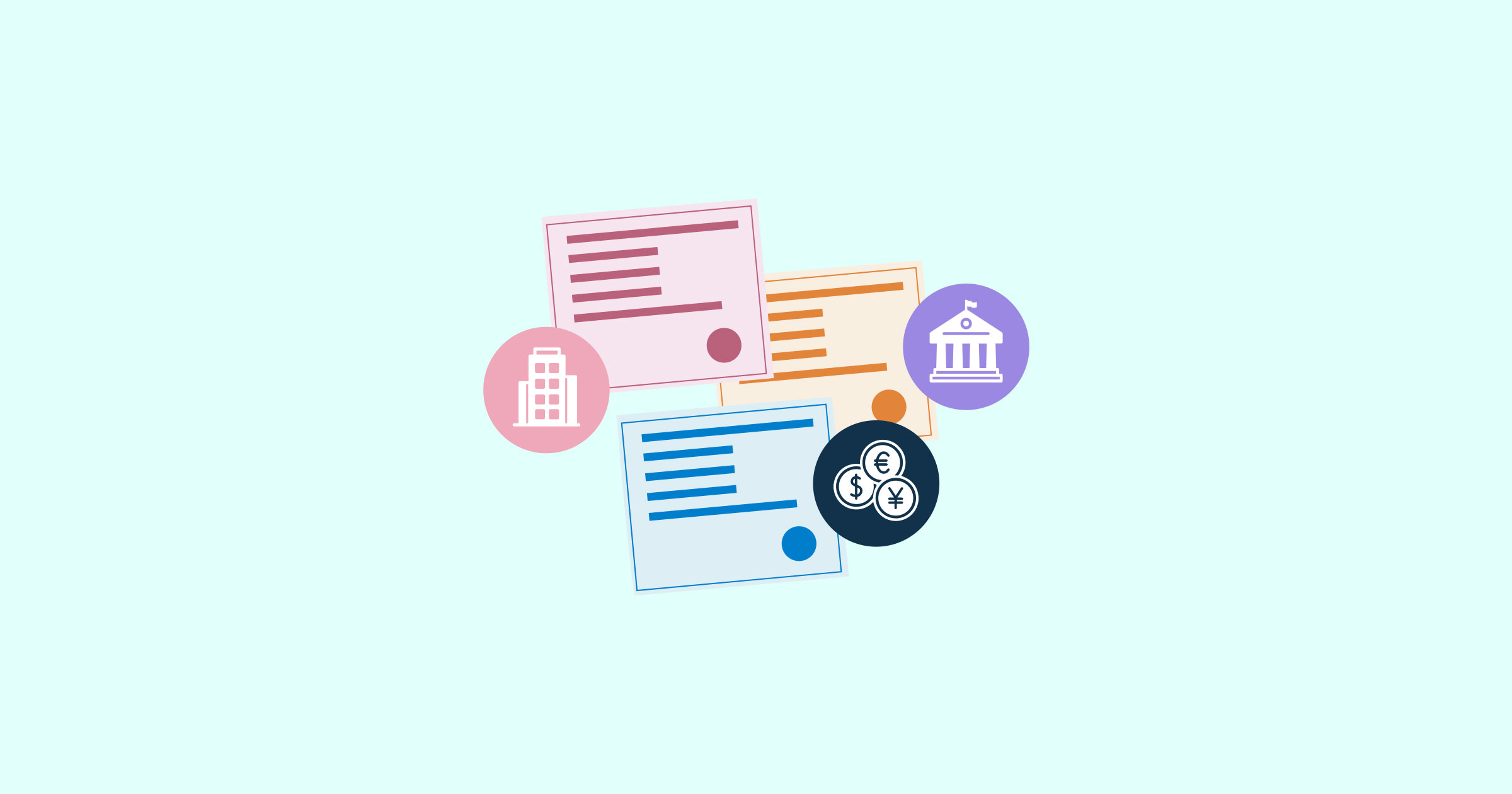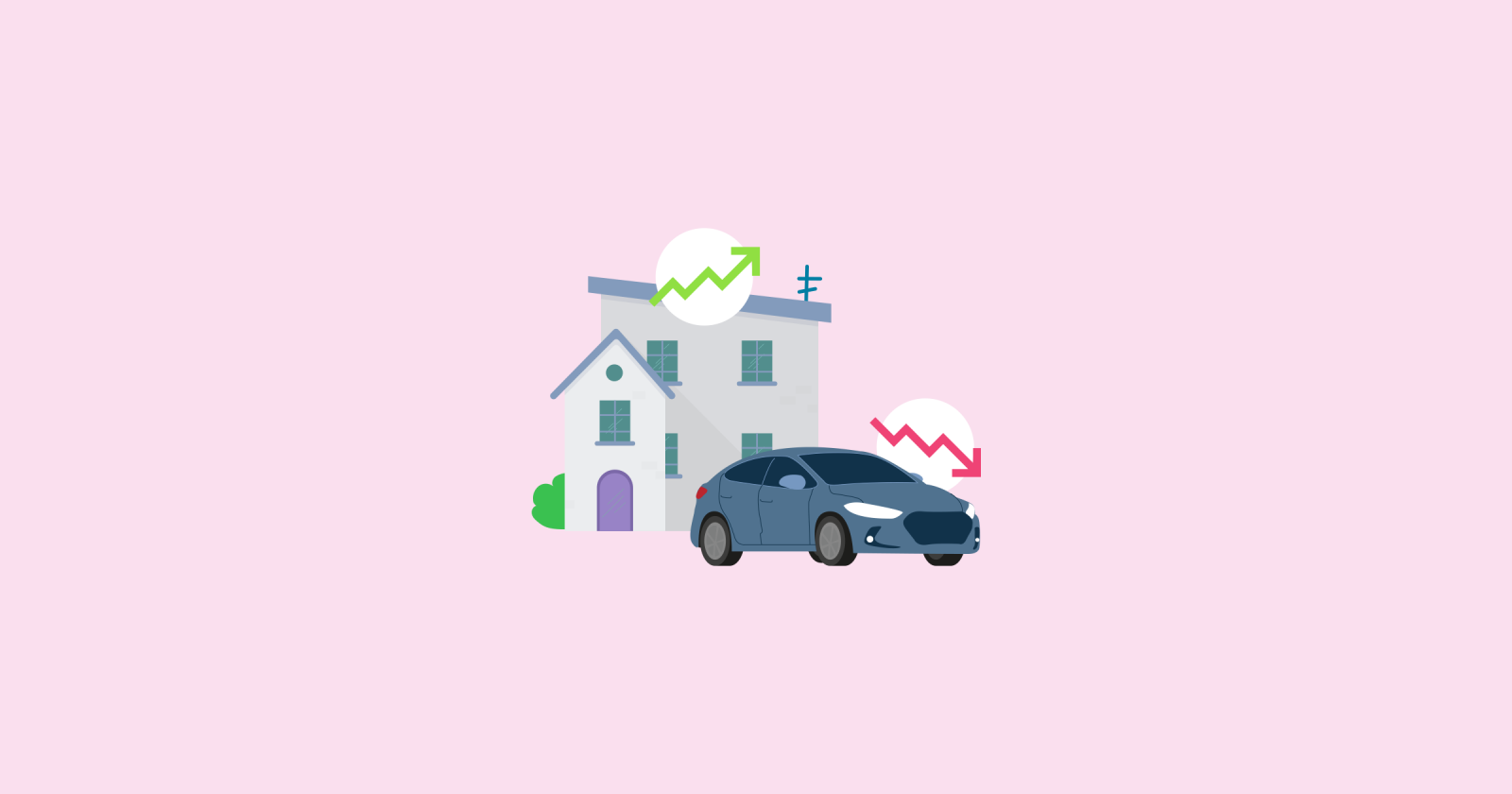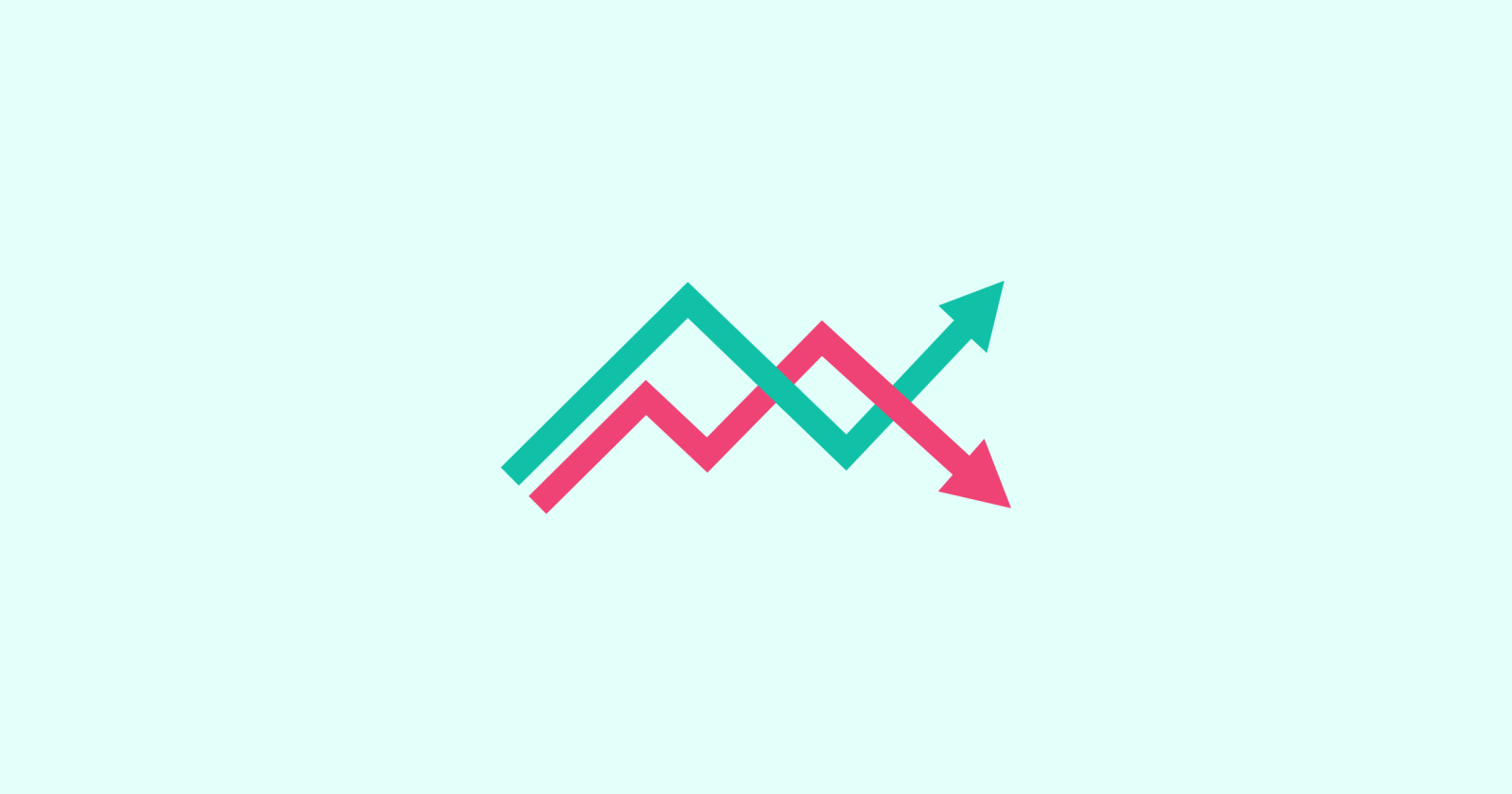Bonds are available in different types, and they generally share a common structure. They are debt securities, which means investors are lending money to the issuers.
In exchange, bondholders will get periodic interest payments called coupon payments and their investment amount at maturity. While there are similarities, different kinds of bonds also offer unique features.
Learn all about them below.
1. Government and corporate bonds
The most common types of bonds you’ll hear about are government and corporate bonds. These are classified according to their respective issuers.
- Government bonds
These are issued by the Philippine national government through the Bureau of the Treasury to raise money for projects like public works.
They may be called Treasury or sovereign bills, notes or bonds, depending on their tenor or the length of time until they mature.
- Corporate bonds
These come from private entities and are often used to raise capital to expand their business, develop new products, hire more people, or just to sustain operations.
2. Secured and guaranteed bonds
Another way to categorize bonds is by their features. Since bonds are like loans, there is a risk that the issuer may default when it can’t pay back its debt.
In case of a default, there are special types of bonds that may still repay investors fully or partially.
- Secured bonds
These are backed by a collateral – usually assets of the issuers – that will be divided among investors if a default happens.
- Guaranteed bonds
These are supported by a third-party guarantor (like a bank or a parent company) that will step up to repay bondholders if the issuer is unable to.
3. Bonds with call or put options
Changes in interest rates have a direct effect on the value of bonds. Higher rates make new bond issuances more attractive, and vice versa.
To offer more flexibility to both issuers and bondholders in case of rate changes, there are bonds with call or put options.
- Callable bonds
These give issuers the right to repay the bond before maturity at a predetermined price and on a fixed date. An issuer may redeem a bond when interest rates go down and they can introduce new bonds to reborrow at a lower price.
For investors, a call option means they will not receive future interest payments if the issuer calls back the bond and repays their principal.
- Puttable bonds
This type allows bondholders to sell the bond back to its issuer within a predetermined period before maturity.
When that time comes, investors will decide whether to hold on until maturity or exercise the put option to get back the principal amount at face value earlier.
4. Bonds with fixed, floating, or zero coupon rates
Investors look at a bond’s coupon rate to know how much they might earn. Bonds can differ according to how the coupon payments are calculated.
- Fixed rate bonds
These pay a fixed interest rate throughout the life of the bond, giving investors a predictable flow of income.
- Floating rate bonds
These have changing interest rates. The coupon rate is adjusted periodically based on a benchmark rate. They are typically designed to protect investors from fluctuating interest rates.
- Zero coupon bonds
These bonds don’t pay interest and so investors may not earn anything or even end up with negative yields. They may be a viable option when markets are down and investors would rather minimize loss than face bigger risks with more volatile investments.
5. Other types of bonds to know
- Junk bonds
Bonds and their issuers receive credit ratings that show whether they’re likely to default on their debt. The higher the rating, the lower the possibility of a default.
When a bond’s rating drops below a certain level, it is known as a junk bond. There is an increased probability of non-payment and so this kind of bond may offer a higher interest rate to compensate.
- Green bonds
These bonds are specifically intended to raise money for environment-oriented projects. There are independent agencies that check whether bonds qualify as “green.”
Before you invest in bonds, it’s important to consider the different types and features since these factors determine what you might earn. Read a bond’s prospectus to find all the information you’ll need.




